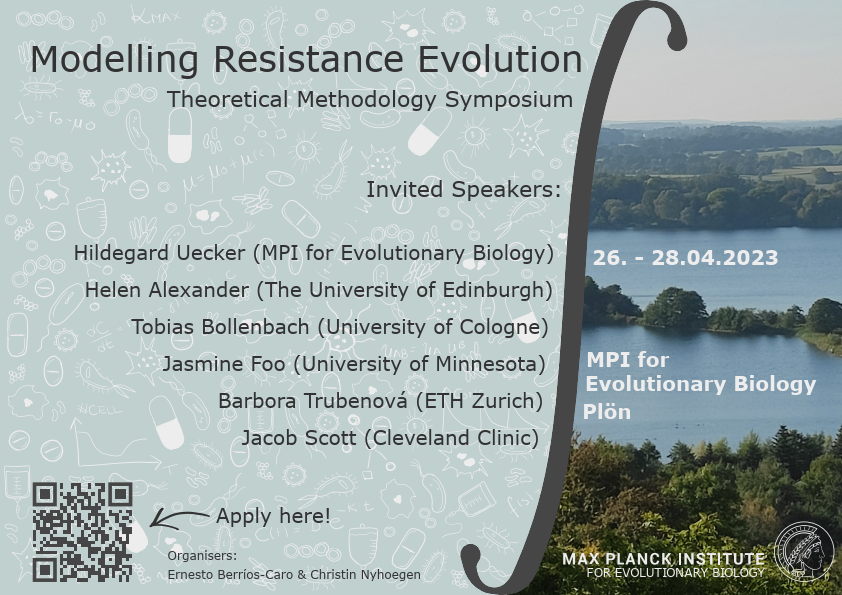Speaker
Description
Glioblastoma is one of the most aggressive and difficult to treat cancers. One obstacle to developing effective and widely applicable treatments is the high level of heterogeneity both between patients and within a single tumour. The observed variability in treatment response even in genetically identical cells could be random due to the inherent stochasticity of gene regulation or alternatively an unrecognised deterministic process. We propose several candidate models for cell proliferation and death following radiotherapy that aim to capture this heterogeneity and the non-trivial correlation structure of genealogically related cells. We use live-cell imaging data on different patient-derived cell lines with stably expressed H2B reporters to identify and track their nuclei. A computational image analysis pipeline extracts the cell fates and genealogical information to automatically construct lineage trees from the microscopy data. The mathematical models for the proliferation dynamics are formulated within the Bayesian framework to capture the high levels of stochasticity present in the data and allow for a probabilistic interpretation of the results. They incorporate different hypotheses for the inheritance mechanics, such as deterministic inheritance, single-factor inheritance from mother cells and effects due to the circadian rhythm. Model parameters describing proliferation and mortality rates as well as the correlation structure are extracted using Bayesian inference techniques and a model comparison is carried out to quantify the goodness of fit of the individual models for the various cell-lines. Once parameter settings are extracted, our mathematical models can be used to simulate the responses of the cancer cells to different treatment approaches. A better understanding of the mechanisms governing the observed heterogeneity can inform the design of novel treatment strategies, such as new dosing schedules or drug-radiation combination therapies. This is work in progress.

